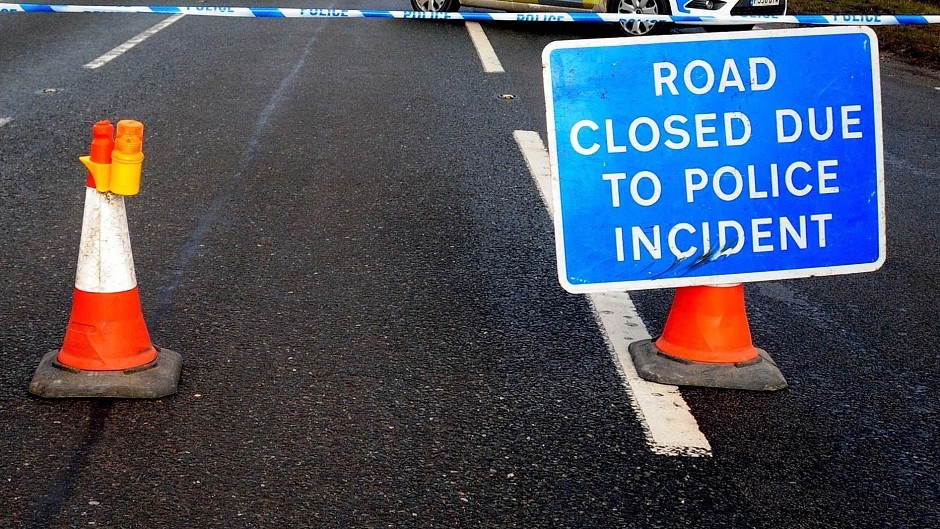A road safety campaigner has called for drivers caught speeding to be sent on courses instead of being fined and given penalty points.
Neil Greig, director of policy and research at the Institute of Advanced Motorists, said it would force people to face up to the consequences of their behaviour.
He said courses were used to educate law breaking motorists south of the border and the Scottish Government must follow suit.
Mr Greig said he was also in favour of a graduated license scheme being introduced to restrict the activities of newly qualified drivers until they are more experienced.
“We do not have speed awareness courses in Scotland like they have in England and we think that is a really valuable alternative to issuing tickets and penalty points,” he added.
“The Scottish Government is looking into it but they are taking an awfully long time and need to speed that process up.
“They would get drivers to face up to the consequences of what they have been doing as opposed to just getting a letter in the post.
“New roads and new cars have delivered year on year death reductions for decades but the underlying human factors involved must now receive even higher priority.”
Reflecting on the statistics for the north-east, Mr Greig said the big issue was the number of rural roads and busy, high risk single carriageways.
“Too many people still think of nice country roads when they go for a run and don’t feel threatened,” he added.
“There is a behaviour and attitude problem amongst a minority of drivers in the north-east who drive too fast and overtake dangerously.
“It can only be addressed by police enforcement – we need speed cameras and a high profile presence.”
Mr Greig said there could be a case of installing average speed cameras on some sections of the A96 Inverness to Aberdeen road but upgrading it to full dual carriageway was the solution.
He admitted that he was “really disappointed” by the figures because all the agencies involved in road safety were “doing all the right things” but the message was just not getting through to drivers.
Mr Greig said the current road safety strategy must be reviewed as a top priority.
